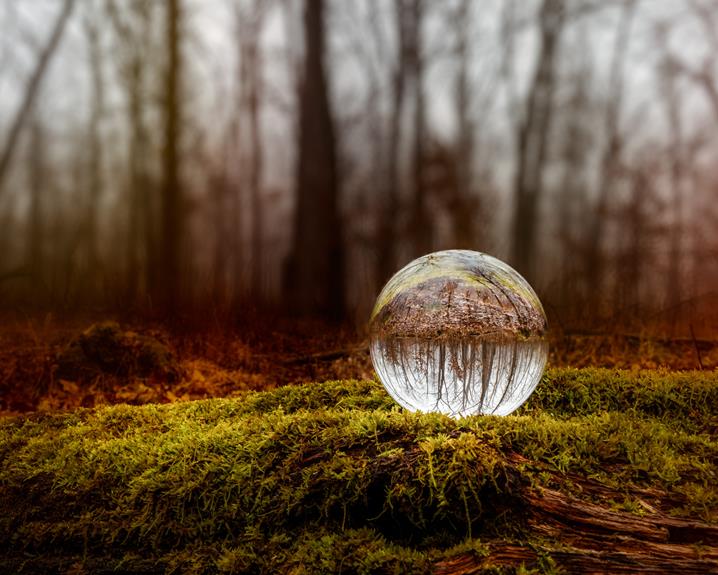Exploring the realm of aquascaping unveils the intricate process of cultivating Anubias efficiently, a task that demands precision and dedication. For beginners seeking to unlock the secrets behind accelerating Anubias growth, mastering the essential steps becomes a crucial foundation.
From selecting the right tools to understanding the nuances of maintenance, each stage in the journey plays a pivotal role in fostering thriving Anubias specimens. With a focus on optimal planting techniques and care practices, enthusiasts can embark on a journey towards vibrant aquatic flora in their tanks, poised for success in the art of Anubias cultivation.
Key Takeaways
- Plant anubias quickly on suitable surfaces for fast growth.
- Provide proper lighting and water conditions for healthy development.
- Consider using liquid fertilizers for added growth boost.
- Maintain submerged conditions for roots and rhizome vitality.
Tools and Materials Needed
To successfully grow Anubias fast, gather the essential tools and materials including potted Anubias, holey rocks or aquarium rocks, driftwood with structures, glue gel, and cloth or paper towels. These items are crucial for growth acceleration and proper equipment selection.
The potted Anubias provides a stable base for the plant, while holey rocks and driftwood offer anchoring points for attachment. The use of glue gel ensures secure placement, and cloth or paper towels aid in handling and maintenance.
Steps for Planting Anubias
For successful planting of Anubias, begin by carefully preparing the roots and rhizomes for attachment to suitable surfaces.
When planting Anubias, pay close attention to the following steps:
- Rhizome Placement: Ensure the rhizome is not buried in the substrate but rather placed above it to prevent rotting.
- Driftwood Attachment: Use driftwood with natural crevices to securely attach the Anubias plant, providing a stable and natural-looking base.
- Dry Roots and Rhizome: Before attaching the plant, make sure the roots and rhizome are adequately dried to prevent any potential rotting issues.
Tips for Fast Growth
When aiming to accelerate the growth of Anubias plants, implementing strategic care practices is essential for fostering optimal development and vitality. To achieve growth acceleration, ensure optimal conditions by providing a well-lit and accessible spot for the plant.
Prior to planting, dry the roots and rhizome thoroughly to promote healthy growth. Securely attach the Anubias by using glue gel for rhizome attachment, which aids in growth promotion. Placing Anubias-filled rocks in the aquarium can also contribute to fast growth.
Maintaining Anubias Health
How can one effectively ensure the sustained health and vitality of Anubias plants in an aquatic environment? Proper maintenance is key to ensuring the well-being of your Anubias plants. Here are some essential tips to maintain Anubias health:
- Water Quality: Regularly check and maintain good water quality to keep your Anubias thriving.
- Nutrient Supplementation: Consider supplementing your Anubias with essential nutrients to support healthy growth.
- Pruning: Trim any decaying or yellowing leaves to keep the plant looking fresh and to prevent the spread of disease.
Fertilizing Anubias
To maintain robust growth and vitality in Anubias plants within an aquatic setting, strategic fertilization practices play a pivotal role in providing essential nutrients for sustained health and development.
Fertilizer application is crucial for a growth boost in Anubias. While these plants can survive without fertilizers, using liquid fertilizers can aid in their long-term health. Liquid fertilizers dissolve in water, allowing for easy absorption by the plants. Consider incorporating liquid fertilizers into your routine to provide the necessary nutrients for optimal growth.
Submerged Anubias Care
Ensuring the proper care of submerged Anubias plants is essential for maintaining their health and longevity in an aquatic environment.
- Water Quality: Anubias thrive in clean, algae-free water to support their growth.
- Submerged Growth: The roots and rhizome of Anubias must remain underwater to flourish.
- Careful Maintenance: Cutting off the water supply to the roots can harm the plant, so it's crucial to maintain suitable underwater conditions.
Submerged Anubias require attention to water quality and ensuring their roots and rhizome are submerged for optimal growth. By carefully managing these factors, you can help your Anubias plants thrive and contribute to a healthy aquatic environment.
Lighting Requirements
An integral aspect of nurturing healthy submerged Anubias plants is providing adequate lighting that aligns with their low-light preferences and growth requirements. Anubias thrive in low lighting conditions, making exposure to LED lights or natural sunlight for 8-10 hours daily ideal. It is crucial to manage light duration and intensity to prevent algae growth and potential harm to the plants. Here is a breakdown of the lighting requirements for Anubias:
| Light Duration | Light Intensity |
|---|---|
| 8-10 hours daily | Low intensity |
Maintaining a balance in lighting exposure is key to promoting healthy growth and ensuring the well-being of your Anubias plants.
Proper Planting Techniques
For optimal growth and longevity of your Anubias plants, meticulous attention to proper planting techniques is essential. When planting Anubias, ensure a secure attachment by focusing on the rhizome attachment. Selecting the right substrate is crucial for providing stability and proper nutrient absorption.
Additionally, consider the following tips for successful planting:
- Rhizome attachment: Attach the rhizome securely to the chosen surface to promote stability and growth.
- Substrate selection: Choose a suitable substrate that will hold the plant in place and provide essential nutrients.
- Avoid damage: Handle the plant carefully during planting to prevent any harm to the delicate roots and rhizome.
Frequently Asked Questions
Can Anubias Plants Be Grown in a Fish Tank With Other Types of Plants?
Anubias plants can be grown in a fish tank with other types of plants, but select species that share similar water, light, and nutrient requirements for optimal plant compatibility. Arrange tank planting to ensure each plant receives adequate space, light, and nutrients.
How Often Should the Water in the Aquarium Be Changed for Optimal Anubias Growth?
To ensure optimal Anubias growth, maintain water quality by changing 10-20% of the aquarium water every 1-2 weeks. Adequate lighting for 8-10 hours daily is crucial. Apply liquid fertilizers sparingly as needed and prune damaged leaves promptly for healthy development.
Are There Any Specific Fish Species That Are Compatible With Anubias Plants?
Anubias plants thrive well with peaceful fish species like bettas, gouramis, and tetras. These fish are ideal tankmates for anubias, as they do not disturb the plant's roots and provide a harmonious environment for coexisting species.
Can Anubias Plants Be Propagated Through Division, and if So, How?
Anubias plants can be propagated through division, a common method where the plant is separated into smaller sections. This process allows for rapid reproduction, enhancing plant growth and filling out aquariums efficiently.
What Are Some Common Pests or Diseases That Anubias Plants May Be Susceptible To, and How Can They Be Prevented or Treated?
Anubias plants may face common pests like aphids or diseases such as root rot. Prevent pests by maintaining clean water and introducing snails or shrimp for biological control. Treat diseases with appropriate fungicides or by removing infected portions promptly.
Conclusion
In mastering the art of accelerating Anubias growth, beginners must adhere to a meticulous set of steps that encompass selecting the right tools, planting techniques, and maintenance practices.
By delving into the intricacies of Anubias care, enthusiasts can unlock the secrets to nurturing thriving aquatic flora in their tanks.
With a keen eye for detail and a commitment to excellence, cultivating lush Anubias specimens becomes a rewarding journey of botanical mastery.





